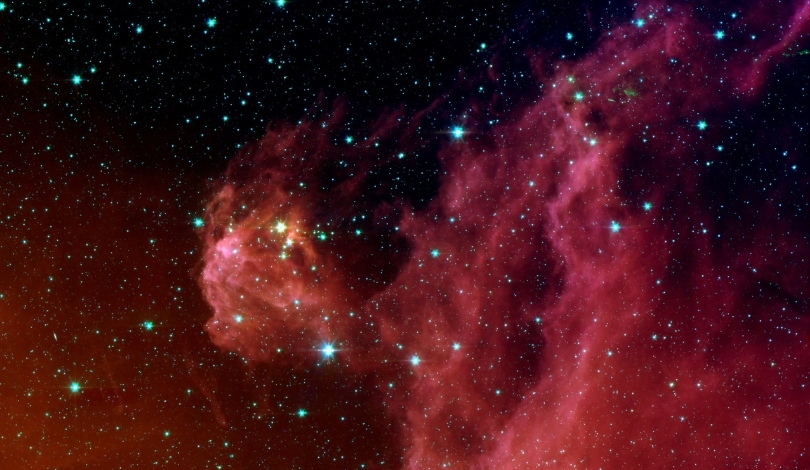Physicists are delving into the possibility of a fifth fundamental force that could bridge the mysterious components of our universe. Current models fall short in explaining the vast majority of matter and energy, prompting a search for new interactions within the cosmic dark sector. This exploration may shed light on the elusive dark matter and dark energy that dominate the cosmos.
Earlier theories have attempted to extend the Standard Model to account for dark phenomena, yet a comprehensive explanation remains elusive. Recent theories propose novel interactions between dark matter and dark energy, suggesting a more interconnected dark sector. This approach differs from previous isolated studies, aiming to unify our understanding of the universe’s hidden components.
What is the Fifth Force?
The fifth force is hypothesized to operate independently from the four known forces: electromagnetism, gravity, strong nuclear, and weak nuclear forces.
Researchers describe it as a subtle interaction that could mediate between dark matter and dark energy without affecting normal matter.
Potential candidates for this force include concepts like quintessence and dark photons, which remain unconfirmed and are the subject of ongoing research.
How Do Dark Matter and Dark Energy Interact?
Dark matter and dark energy are thought to influence each other through the proposed fifth force, enabling them to maintain similar energy densities over cosmic time scales.
Scientists believe this interaction could explain why dark matter constitutes about 25% and dark energy about 70% of the universe, numbers that are considered analogous in cosmological terms.
This connection aims to account for the synchronized evolution of these dark components, a feature not explained by the Standard Model.
What Challenges Lie Ahead?
Detecting the fifth force poses significant challenges due to its subtle nature and lack of direct interactions with conventional matter.
Experts emphasize that existing observations of galaxy clusters, the expansion rate of the universe, and neutron star behaviors constrain the properties of any potential fifth force.
Researchers require vast amounts of precise astronomical data to identify any deviations from the current understanding that could hint at the fifth force.
The quest for a fifth force represents a crucial step in addressing the gaps left by the Standard Model. By potentially linking dark matter and dark energy, this hypothesis could offer a more unified framework for understanding the universe’s composition. Continued exploration and data collection will be essential in determining the validity of this theoretical force.










